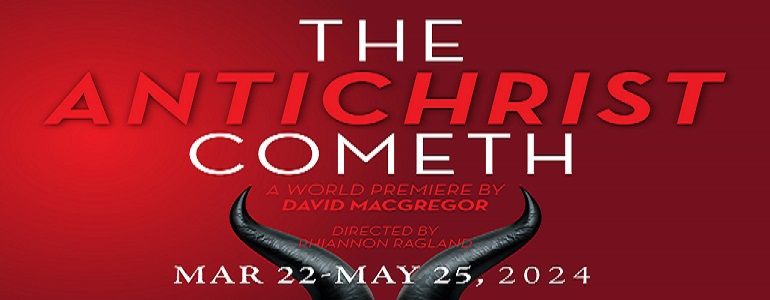Soon students will be walking down the aisle with cap and gown in hand ready to take the next big step in their lives – perhaps the biggest of all. What to do next. In this area, there are a plethora of great colleges and universities to choose from such as Eastern Michigan, Concordia, Washtenaw Community College and course U-M. Many are headed to smaller schools, such as WCC to spend their first two years inexpensively taking their core classes before writing a bigger check for the bigger school down the road. It’s a financially sound decision.
Others are going for it – heading to Ann Arbor and the block M ready to block off the next four years at one of the most prestigious universities in the country.
Still, others are saying, show me the money. They are headed directly to the workforce eager to start cashing those full-time checks.
Of course, every decision is personal as is what job they want to pursue – either today or down the road.
According to a recent Gallup poll, 18 percent of American workers are worried about losing their job – down from a peak of 31 percent in 2009 in the wake of the Great Recession. American workers have good reason to feel secure. The economy has added jobs for the last 100 consecutive months, and the unemployment rate recently hit its lowest point since the 1960s.
Still, picking a job with not only growth potential but security and stability is important.
24/7 Wall St. reviewed unemployment rates by occupation from the Bureau of Labor Statistics to identify the occupations with the best and worst job security. The 32 jobs with the highest job security have unemployment rates below 1 percent, while the 32 jobs with the lowest job security have unemployment rates of at least 6.6 percent.
Here were the top five for those scoring at home:
5. Computer network architects
• Unemployment rate: 0.1 percent (tied – 2nd lowest)
• Labor force: 114,000
• Median annual wage: $104,650
• Projected job growth 2016-2026: +6.5 percent
• Typical entry level education required: Bachelor’s degree
4. Court, municipal, and license clerks
• Unemployment rate: 0.1 percent (tied – 2nd lowest)
• Labor force: 83,000
• Median annual wage: $37,300
• Projected job growth 2016-2026: +6.5 percent
• Typical entry level education required: High school diploma or equivalent
3. Optometrists
• Unemployment rate: 0.1 percent (tied – 2nd lowest)
• Labor force: 54,000
• Median annual wage: $110,300
• Projected job growth 2016-2026: +17.9 percent
• Typical entry level education required: Doctoral or professional degree
2. Veterinary assistants and laboratory animal caretakers
• Unemployment rate: 0.1 percent (tied – 2nd lowest)
• Labor force: 56,000
• Median annual wage: $26,140
• Projected job growth 2016-2026: +19.4 percent
• Typical entry level education required: High school diploma or equivalent
1. Appraisers and assessors of real estate
• Unemployment rate: <0.1 percent (the lowest)
• Labor force: 84,000
• Median annual wage: $54,010
• Projected job growth 2016-2026: +14.4 percent
• Typical entry level education required: Bachelor’s degree







